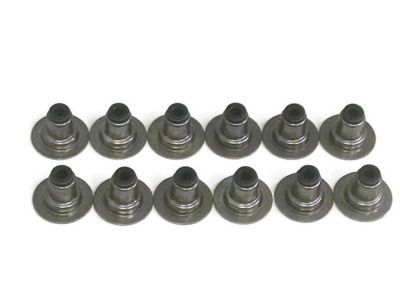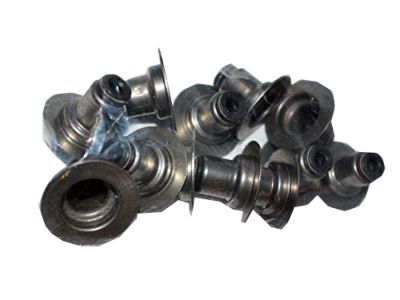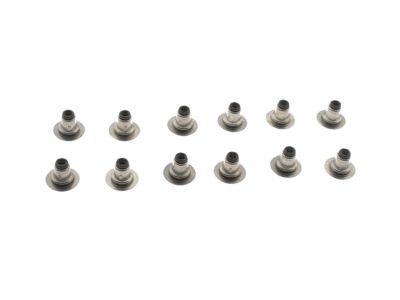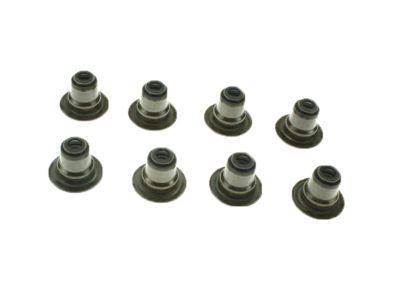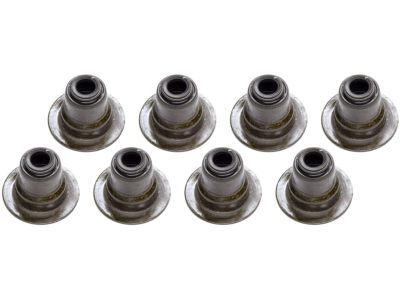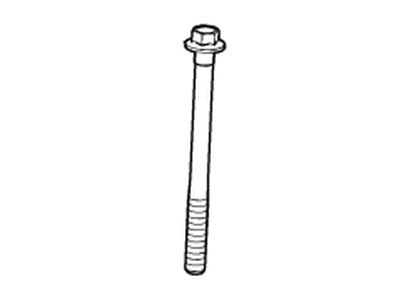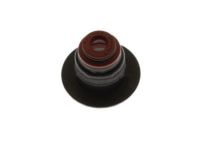
My Garage
My Account
Cart
Genuine GMC Canyon Valve Stem Oil Seal
Engine Valve Seal- Select Vehicle by Model
- Select Vehicle by VIN
Select Vehicle by Model
orMake
Model
Year
Select Vehicle by VIN
For the most accurate results, select vehicle by your VIN (Vehicle Identification Number).
8 Valve Stem Oil Seals found
GMC Canyon Seal Kit,Exhaust Valve Stem Oil
Part Number: 12482062$40.12 MSRP: $69.18You Save: $29.06 (43%)Ships in 1-3 Business DaysGMC Canyon Seal Kit,Valve Stem Oil
Part Number: 19207664$29.95 MSRP: $49.58You Save: $19.63 (40%)Ships in 1-2 Business DaysGMC Canyon Seal Kit,Intake Valve Stem Oil
Part Number: 12482063$36.90 MSRP: $63.11You Save: $26.21 (42%)Ships in 1-3 Business DaysGMC Canyon Seal,Valve Stem Oil
Part Number: 12596994$10.95 MSRP: $17.45You Save: $6.50 (38%)Ships in 1-3 Business DaysGMC Canyon Seal, Valve Stem Oil
Part Number: 12668832$3.19 MSRP: $5.08You Save: $1.89 (38%)Ships in 1-3 Business DaysGMC Canyon Seal,Valve Stem Oil
Part Number: 90410741$6.07 MSRP: $9.70You Save: $3.63 (38%)Ships in 1-3 Business DaysGMC Canyon Seal,Valve Stem Oil
Part Number: 12596995$9.08 MSRP: $14.47You Save: $5.39 (38%)Ships in 1-3 Business Days
GMC Canyon Valve Stem Oil Seal
Each OEM GMC Canyon Valve Stem Oil Seal we offer is competitively priced and comes with the assurance of the manufacturer's warranty for the part. Furthermore, we guarantee the speedy delivery of your orders right to your doorstep. Our hassle-free return policy is also in place for your peace of mind.
GMC Canyon Valve Stem Oil Seal Parts Questions & Experts Answers
- Q: How can broken Rocker Shaft Spring Kit and Valve Stem Oil Seal be replaced without removing the cylinder head in V8 engine on GMC Canyon?A:Valve springs and valve stem seals can be thereby changed without removing the cylinder head, these two components need two special tools and a compressed air supply. Start with the spark plugs and the valve covers, turn the crankshaft until the #1 piston is on the top in the compression stroke. Take off the Rocker Arms of the number 1 piston, screw an adapter in the spark plug hole and attach an airline from the source of compressed air. Put compressed air to the cylinder to close the valves and then use the shop rags to block the cylinder head holes around the valves to avoid dropping of the parts and tools in the engine. They should be tapped lightly with the palm of your hand to break the seal and then they require the use of valve spring compressor to compress the spring while the keepers can be removed by using small needle-nose pliers or by use of magnet. Take out the valve spring and retainer using strictly the pressure of air to keep the valve shut in order to prevent damaging it. Take out the old valve stem seals-take note that the intake and exhaust seals differ, secure a rubber band or tape around the top of the valve stem to prevent it from falling into the combustion chamber when you release the air pressure. Although this valve is relatively simple, there are several things you have to look at the valve stem, which should not bind in the guide. Reduce air pressure to hold the valve closed, then install the new valve stem seals up to the specified thickness, without clamping them up against their topped guide. Place the spring and retainer on the valve, press the assembly just enough to fit the keepers into place and drop a small quantity of grease if one is needed to hold the keepers into place. Pull the air hose off and remove the adapter from the spark plug hole and then follow the same procedure for all the rest of the cylinders, always sticking to the firing order and basically going through all of the puffs while bringing each of the pistons to the TDC on the compression stroke. Last, bolt on the rocker arm assemblies and the valve covers and crank the engine, inspecting for mainative oil leakage and other odd noises and should let the engine run for at least five minutes at idle and then bring up to its high end rpms.
Related GMC Canyon Parts
Browse by Year
2024 Valve Stem Oil Seal 2023 Valve Stem Oil Seal 2022 Valve Stem Oil Seal 2021 Valve Stem Oil Seal 2020 Valve Stem Oil Seal 2019 Valve Stem Oil Seal 2018 Valve Stem Oil Seal 2017 Valve Stem Oil Seal 2016 Valve Stem Oil Seal 2015 Valve Stem Oil Seal 2012 Valve Stem Oil Seal 2011 Valve Stem Oil Seal 2010 Valve Stem Oil Seal 2009 Valve Stem Oil Seal 2008 Valve Stem Oil Seal 2007 Valve Stem Oil Seal 2006 Valve Stem Oil Seal 2005 Valve Stem Oil Seal 2004 Valve Stem Oil Seal


